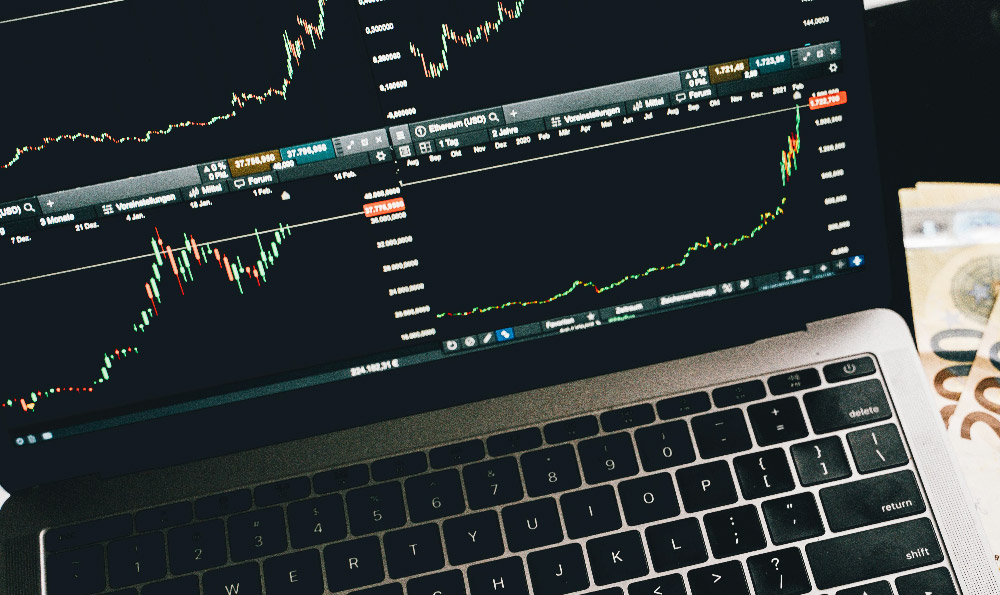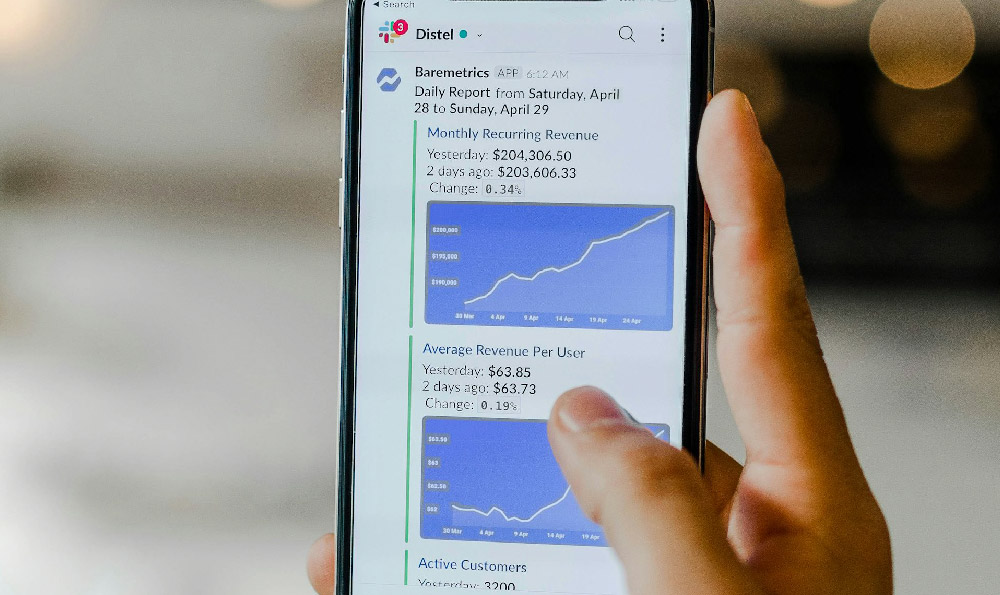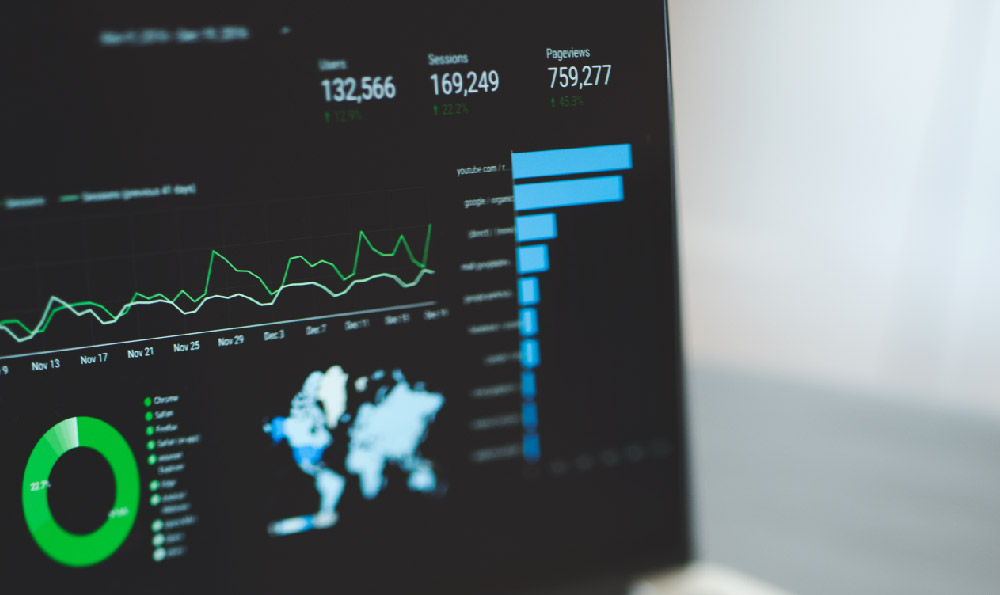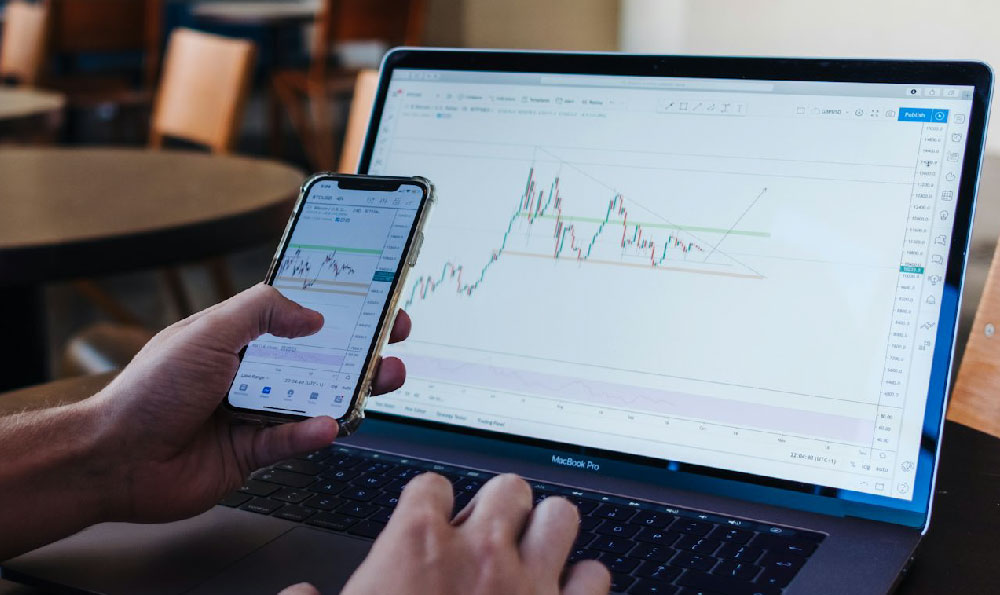Instagram influencers have become a cornerstone of digital marketing, with their earnings reflecting a dynamic interplay between platform algorithms, audience engagement, and brand partnerships. The question of how much they make is not a straightforward answer but a multifaceted discussion that requires examining various income streams, the factors that influence their financial success, and the realities of their earnings volatility. At the same time, understanding the economic ecosystem surrounding social media content creation offers insights into the broader implications for investors and financial planners.
The income of an Instagram influencer is typically driven by a combination of monetization strategies, including brand collaborations, sponsored posts, affiliate marketing, and the sale of digital products or merchandise. Brand partnerships remain the most lucrative avenue, where influencers earn compensation based on their audience size, engagement rates, and the perceived value of their content. For instance, a micro-influencer with 10,000 followers might secure partnerships with niche brands, earning between $100 to $500 per post, while a macro-influencer with a million followers could command rates ranging from $10,000 to $50,000 per sponsored post, depending on the brand's budget and the influencer's credibility. Additionally, influencer marketing often involves performance-based contracts, where creators are paid a percentage of sales generated through their promotions, further diversifying revenue sources.
Beyond brand deals, Instagram's native advertising tools and features play a significant role in shaping influencer income. The platform's "Shop" feature allows creators to sell products directly to their audience, while "Reels" and "Stories" can drive traffic to affiliate links or crowdfunding pages. However, these methods are highly dependent on the influencer's ability to convert views into action, which requires not only content quality but also strategic audience targeting. For example, a beauty influencer might leverage their followers' purchasing habits to promote skincare products, earning commissions from affiliate programs like Amazon or brand-specific partnerships. Meanwhile, creators in the fashion or lifestyle niche could generate revenue by offering exclusive content or virtual experiences, such as live Q&A sessions or private shopping tours.

The earning potential of an Instagram influencer is also influenced by external factors, such as the economic climate, industry trends, and the competitive landscape of social media. During periods of high consumer spending, such as holidays or seasonal campaigns, influencers might experience a surge in revenue from brand collaborations and product sales. Conversely, economic downturns can reduce brand budgets and consumer willingness to spend, leading to a contraction in income. Additionally, the rise of other platforms like TikTok and YouTube has intensified competition, forcing Instagram influencers to differentiate themselves through unique content, higher engagement rates, or niche expertise.
Another critical aspect is the financial sustainability of influencer careers. While some influencers achieve consistent income through diversified strategies, many face significant challenges, including income instability and the pressure to maintain constant content production. This unpredictability can be particularly daunting for individuals seeking to use influencer income as a primary source of financial support. For example, an influencer might experience a sudden decline in followers due to algorithm changes or content fatigue, which could lead to a collapse in revenue. As such, financial planners must consider this volatility when advising on asset allocation and income diversification.
The question of earnings also extends to the broader implications for investors. Unlike traditional investments, Instagram influencer income is highly speculative and sensitive to market fluctuations. While some investors may see potential in monetizing content creation or supporting influencer-led ventures, the lack of transparency in influencer earnings and the unpredictable nature of their income pose risks. For instance, a creator's earnings can vary widely based on their content niche, audience demographics, and the effectiveness of their engagement strategies, making it difficult to predict returns. Investors must therefore approach such opportunities with caution, conducting thorough research into the influencer's track record, audience quality, and revenue sustainability.
For those aiming to leverage Instagram influencer income for financial growth, the key lies in strategic planning and risk management. Diversifying revenue streams by combining brand partnerships with affiliate marketing, digital products, and other monetization methods can help mitigate the impact of income volatility. Additionally, investing in tools and technologies that enhance content creation, such as analytics platforms for audience insights or video editing software, can improve efficiency and profitability. However, it is essential to build a financial buffer, as income from social media is often inconsistent and subject to external shocks.
Ultimately, the earnings of an Instagram influencer are a reflection of their ability to navigate the complexities of the digital landscape while aligning their content with market demands. For investors and financial planners, understanding the nuances of this income model is crucial for making informed decisions. By recognizing the challenges and opportunities inherent in influencer earnings, stakeholders can develop strategies that support both financial growth and long-term stability. In a world where social media platforms are constantly evolving, the key to success lies in adaptability, innovation, and a well-considered financial plan.












